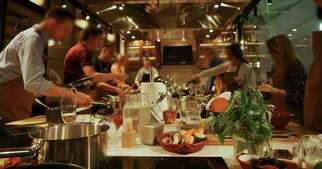 Over the past few years, the expense and challenges of the operating environment have made it necessary for restaurant operators to think more creatively about their business models. For many operators, running a dining room with takeout capabilities is no longer enough to get by – or certainly to grow. As a result, restaurants have been conceiving of new ways to extend their brand well beyond their walls. Restaurants have been reimagined into businesses that are far more multidimensional than they once were – and this is an exciting thing for the industry, even as the outlook for 2024 appears to be more optimistic than it has been in recent years. Beyond the dining room, some operators have been creating retail operations that offer select foods from the restaurant that guests can prepare for special gatherings at home. Some have been diving into education, offering guests an opportunity to learn about regional wines, make handmade pasta or bake pastries. Others are operating wholesale foodservice businesses that ship food to other restaurants around the country, helping them draw revenue during times when their own restaurant is experiencing slower periods. These developments are allowing operators to think beyond the daypart when considering sources of revenue: They are crafting recurring revenue streams through subscription services, for example, and offering classes and events that tap into consumers’ year-round desire to improve their lives by learning new skills. In so doing, these restaurants are weaving themselves into their guests’ lives in different ways. It’s a good way to build loyalty, operate leanly, and offer new kinds of development opportunities to the people you want to hire and retain.  While operating a restaurant has long been a practice of managing on razor-thin margins, the rising costs of everything from food to labor to energy have given many operators no choice but to adjust their model. According to a recent report from Fast Company, that has meant a growing crop of restaurants are entering the consumer packaged goods arena, providing popular menu items and accompaniments that consumers can pick up at the grocery store and keep in their pantry or freezer. To be sure, restaurant-branded condiments and meals are hardly new – they have been around for decades. But the range of them has been exploding in the past few years and continues to grow, with products as diverse as burritos from the Mexican chain Tacombi and smoked mushroom garum from Copenhagen’s Noma getting into the act. The income stream not only has the potential to help a restaurant expand its brand well beyond the regions where it prepares and serves food, but also to more easily ride the waves of a challenging economy (or even a pandemic). The perception of restaurant-quality food in a grocery setting may also give it the lift it needs to secure a sale. Indeed, even in an environment of high inflation, consumers have still been able to justify splurging on their favorite restaurant brands in retail settings, according to the Food Institute. 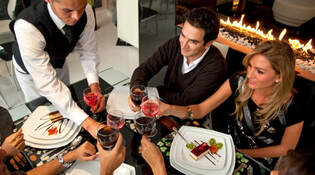 In a recent Restaurant Dive report about trends shaping the restaurant industry, Darcy Kurtz, CMO at BentoBox, weighed in about how food inflation is making menus smaller – and driving chefs to be more inventive and flexible with the menus they plan in an effort to operate efficiently. She said she doesn’t expect smaller menus to dampen people’s excitement about dining out, because “the [restaurant] discovery process is becoming more visual. It’s becoming more experience-oriented … that will offset any decline [in interest] because the menu isn’t quite as big as it used to be.” The times seem to be changing the definition of restaurants – and it’s becoming less about the food. Granted, it’s hard for a restaurant with poorly conceived food to survive, but the experience a restaurant offers is increasingly the secret sauce it needs to thrive. And the delivery of that experience is evolving too. As Food Digital reported recently, restaurants are becoming community hubs in new ways – perhaps applying some lessons learned from the pandemic. As they think beyond food, they are increasingly opening themselves up as spaces for events, workshops, community meetings and other gatherings – that also happen to offer food. How might you open your restaurant’s doors and reinvent it as a gathering place in an effort to build your brand and business? 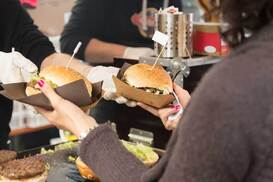 For restaurants, the past couple of years have been a study in becoming more flexible: learning how to scale up in certain areas, scale down in others, adopt new streams of business and change service models based on the evolving lives and habits of guests. While pandemic challenges are waning, economic challenges remain: According to recent data from the National Restaurant Association, 85 percent of operators say their restaurant is less profitable now than it was in 2019. While the specific challenges facing the industry are changing, the need for flexibility is not. Restaurant brands that gave up their dining rooms a year ago in an effort to accommodate more efficient delivery may now find themselves being passed over as consumers seek out restaurants for special dine-in experiences. Dissecting your brand may help you get to the root of what your restaurant needs to offer to more easily navigate uncertain times. What qualities are at the heart of your brand? Sustainability? Comfort? Fresh, in-season ingredients? Consider how you can best serve your guests using a range of approaches and vehicles. From your website, to your dining room, to food trucks, to partnerships with convenience stores, delivery companies, e-commerce companies or other industry segments, how can you offer the experience of your food in ways that allow you to reach guests efficiently and flexibly – and regardless of the current economic obstacles that may stand in your way? 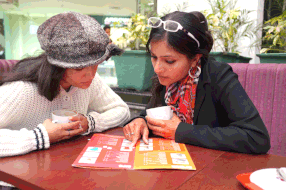 According to Datassential, 60 percent of restaurant menus have gotten smaller in recent years. As menus have slimmed down and inventories have had to stretch farther, the language you use to present your menu items becomes that much more important. Your menu is also one of the first things a potential guest sees from your restaurant if they order online, so it needs to create the right first impression about your brand. That’s something that may need some attention at your restaurant as you update the language you use on your menus to accommodate a newly streamlined selection or a shifting supply of ingredients. As Guillermo Ramirez, creative director of the Miami marketing agency Gluttonomy Inc. told Eater recently, “The menu is just like a business card.” It needs to encapsulate your business and accurately reflect its brand and values, in addition to what you’re serving, while leaving some room for surprise. At the same time, you want to hold guests’ attention and make every word count. In your menu descriptions, consider including the names of key ingredients, along with brief, vivid descriptive words that engage the senses, as well as a word or two on how the dish is prepared. Highlight any premium ingredients you’re using, along with local suppliers that guests may know. Eliminate jargon to ensure you communicate clearly and avoid creating the wrong kind of surprise about what they are ordering.  The market for virtual kitchens is forecast to reach nearly $14 billion, expanding at a compound annual growth rate of 12.5 percent, according to new research from Market Research Future. Virtual kitchens represent adventurous new territory for the restaurant business, replete with both opportunities and risks. On the opportunities end, virtual brands could potentially give a great boost to restaurant businesses that lack a strong online presence. As this recent report from Eater describes, Kellogg’s, a 24-hour diner that has been operating in Williamsburg, Brooklyn, for decades, recently partnered with Profit Cookers, a company that creates and licenses brands to restaurants. Kellogg’s runs 18 of Profit Cookers’ virtual brands out of its diner. In practice, a consumer looking for an egg and cheese bagel online will see the option pop up from one of those 18 brands – all of which have a generic sound to them, almost like they were designed to maximize search engine optimization. The virtual brands tap into the expansive menu offered by the diner, while the diner benefits from the virtual brands’ expanded hours and delivery radiuses. The owner of the diner says the partnership has brought in $40,000 in additional sales. Of course, this new era in off-premise dining has plenty of risks and unknowns to work out as well. Restaurants that farm out their food under a range of brands are expanding their reach but also diluting the brand experience. It’s difficult for the consumer to know where their food is coming from – and unclear who is responsible in the event of a food safety or quality problem. During times that feel difficult and unprecedented, it helps to look for silver linings. Right now for many people, one of those silver linings is feeling an increased sense of pride in our communities and a closer connection to them – even as we have to keep our physical distance. Neighborhoods are coming together to provide help for the vulnerable, and that includes people isolated at home and businesses working hard to survive. While the restaurant industry has long been adopting a local approach to suppliers, times like this prove the value of simply being a good neighbor as well. A recent NBC news story from San Diego reported that a couple launched a GoFundMe account to help two groups important to them: healthcare workers on the frontlines of coronavirus treatment and local restaurants that are part of the fabric of the city. The account collects donations from the public and the funds can be used by healthcare workers at San Diego hospitals to buy takeout or delivery food from the city’s restaurants. The account, which launched on March 16th, was just $1000 shy of its $15,000 goal at the time of this writing. Consider tapping into the ingenuity of friends and supporters of your restaurant in your community. Many are looking for ways to be useful during these times and want to help you work through them. Make it easy for them to support you by purchasing gift cards on your website – or by sharing the website https://supportrestaurants.org/, a global initiative that allows people to buy gift certificates for their favorite restaurants below face value but redeem them at face value.
Want to boost your traffic? Develop a strategy around limited-time offers. According to Technomic, limited-time offers have increased 64 percent at Top-500 chain restaurants and retail businesses in the past five years – and they aren’t going anywhere. But LTOs are not a slam-dunk for restaurants: While they can help brands boost traffic and generate excitement on social media, they can also be expensive and risky for a restaurant, not to mention time-consuming to plan and execute. According to a Restaurant Business report, Brian Hipsher, vice president of City Barbeque, says developing an LTO can involve up to 150 steps for that brand, with phases including ideation, marketing, trial and test, and feedback and survey. Want to boost your LTO success rate? The restaurant software company Eat advises you tap into seasonal appeal, much like Starbucks with its pumpkin-spice latte or the Shamrock Shake at McDonald’s. Make sure your offer is in fact only available for a limited time, since scarcity drives demand. Restaurant Business also suggests pricing the item carefully – you don’t want it to be too expensive for guests to want to try – and using vivid photography, special ingredients and a novelty factor to help elevate an offer over those of competitors. Finally, consider collaborating with a partner to increase your reach, promote your values or demonstrate your efforts to support the community: POS Sector suggests partnering with organic vegetable producers on a limited-time salad offer, for example.
Team Four’s corporate chef identified the rise of food halls as a trend to watch in 2020, and for good reason: There are many significant food hall projects under development throughout the US and worldwide right now, the ones in operation have a strong track record of success (only three projects have failed of the more than 100 that have opened across the U.S.), and they offer low-risk, potentially high-reward environments for restaurant operators looking to take part. If you’re considering adding food halls to your restaurant marketing plan, Touchbistro says they offer a number of benefits and can reduce the substantial risks of opening a new restaurant, such as lower startup costs, shared maintenance expenses, shared infrastructure and shorter, more flexible contracts than you would have to agree to when signing for a conventional restaurant space. Newly added restaurants can hit the ground running in a food hall, benefitting from pre-existing foot traffic and fewer up-front marketing costs. Just bear in mind that a food hall experience may challenge your brand and require you to adapt your existing menu, service approach and marketing efforts. For instance, when you’re one stall in a crowded food hall, the experience of eating your food may feel different for guests than it would in a standalone restaurant – and the hundreds of options and long queues for food can cause overwhelm for some. How can you make your food memorable and your customer experience positive when your surroundings may be beyond your control?
Most U.S. consumers rate their interactions with brands as simply “okay,” according to a Tempkin Experience Ratings report, which asked 10,000 consumers to rate 318 companies across 20 industries in the areas of success, effort and emotion. Not great (though to be fair, there were some food brands that consumers rated highly, including Wegman’s and Subway). On the positive side, though, that result leaves plenty of room for brands to deliver an experience that impresses guests and brings them back. CBInsights, which builds software that predicts technology trends, identified three components that generate positive emotional reactions and enhance the customer experience, turning “okay” experiences into “wow” experiences: sensory marketing, quality time and human connections. Restaurants have an automatic advantage on the first point. CBInsights points out that scents, for example, can trigger memories and emotions – and that consumers spend an average of 15 more minutes in places that have pleasant smells. So the aroma of the apple pie on your menu may have the power to trigger someone’s happy childhood memory (and connect it to your brand). On the second point, quality time, brands are creating immersive experiences that extend far beyond an initial transaction – Taco Bell’s recent launch of a pop-up hotel (featuring not-yet-launched menu items and other promotions tied to the brand) is one extreme example of how this can be done. Finally, brands are using human connections to bond with consumers. As companies delegate more tasks to technology, they are freeing up staff to engage in more face-to-face interactions with customers in order to help them and gather insights from them. How can your brand combine sensory marketing, quality time and human connections to provide memorable experiences for guests? |
Subscribe to our newsletterArchives
April 2024
Categories
All
|
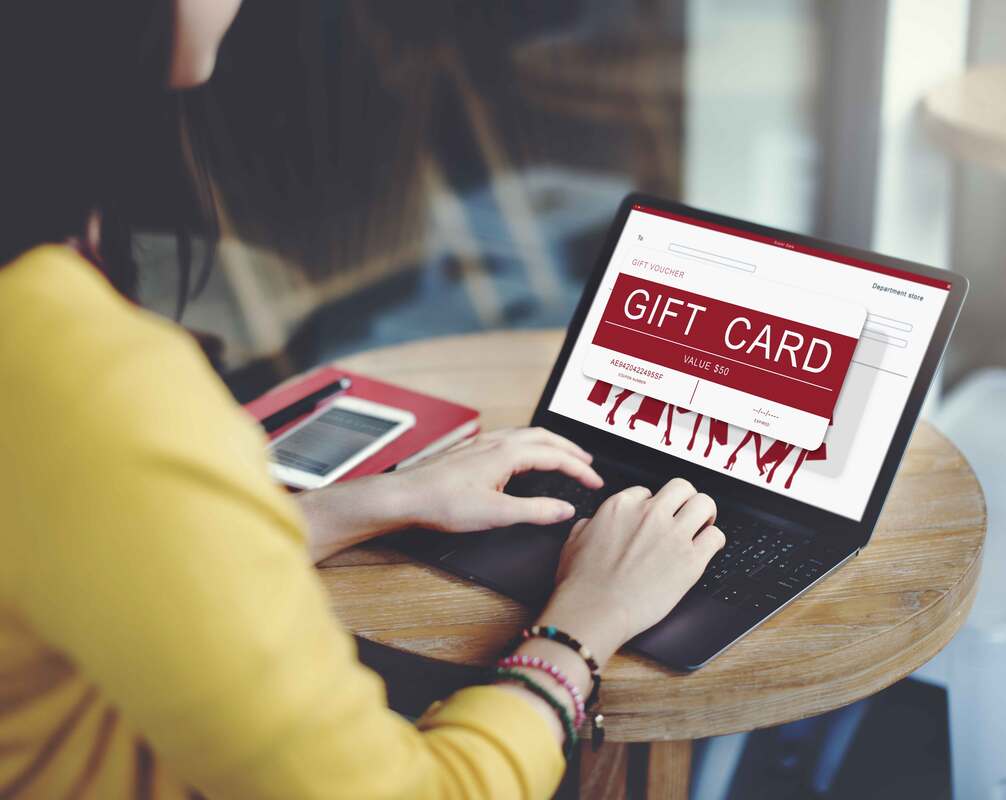
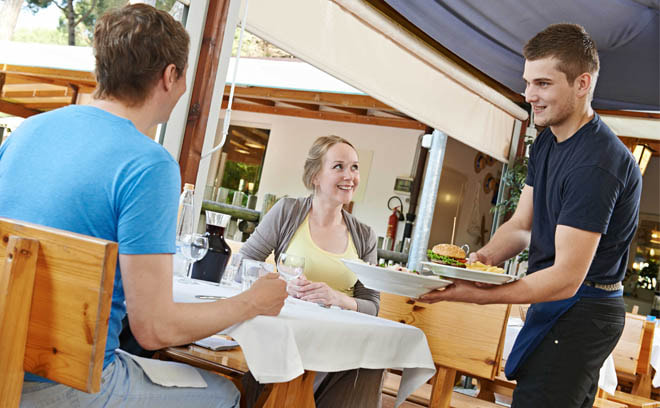
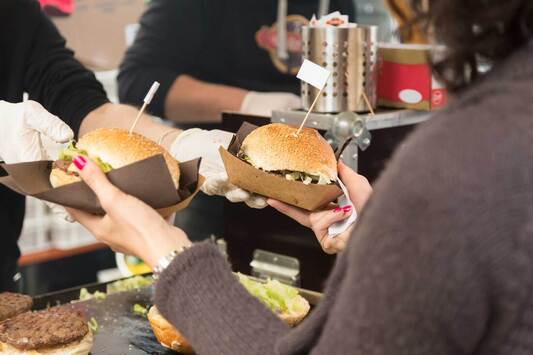
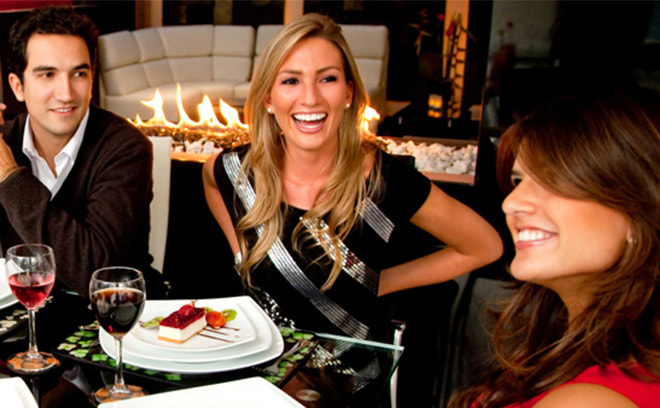

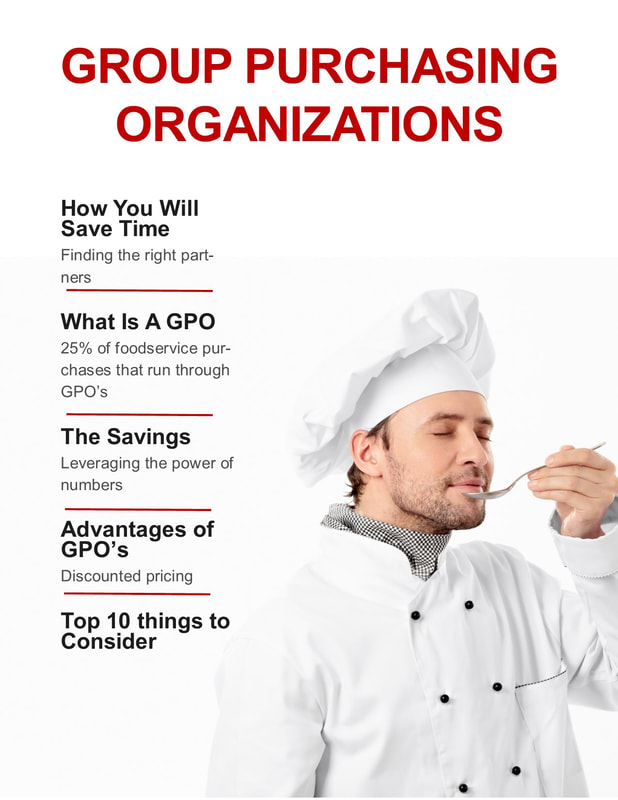

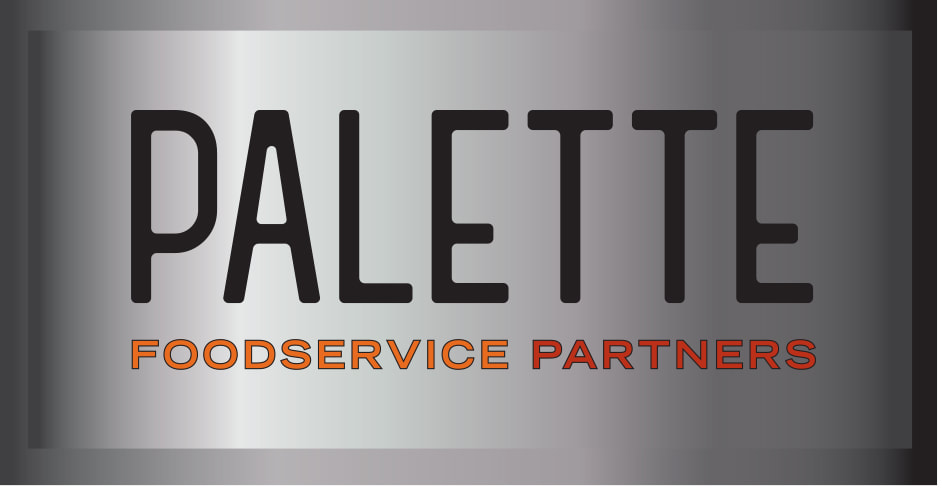
 RSS Feed
RSS Feed